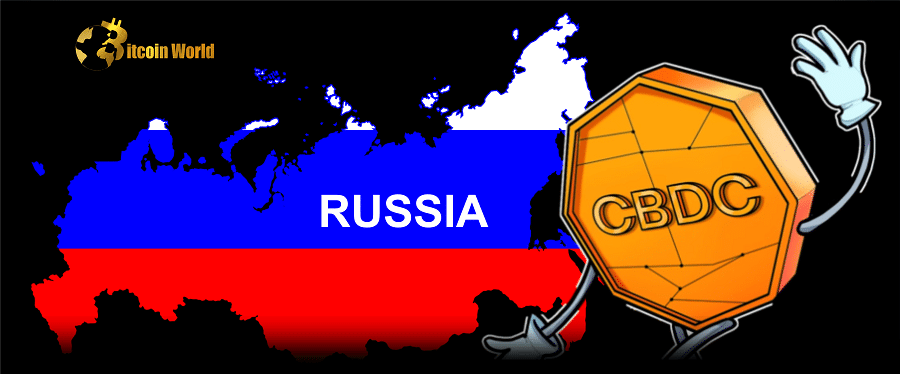This quarter, the country’s central bank will begin researching two potential cross-border CBDC settlement models.
Russia’s central bank is reportedly planning to launch a cross-border settlement system based on a central bank digital currency (CBDC) in the face of ongoing sanctions imposed in response to its invasion of Ukraine.
According to a Jan. 9 report by local media outlet Kommersant, plans to move forward with Russia’s digital ruble are expected in the first quarter of 2023, with Russia’s central bank studying two possible cross-border settlement models.
The first proposed model calls for various countries to enter into bilateral agreements with Russia to integrate their CBDC systems.
Each agreement would be made to ensure that the conversion and transfer of assets between countries follow the rules of the agreements.
The second, more complicated model proposes a single hub-like platform for Russia to interact with other countries, with the connected countries sharing common protocols and standards to facilitate payments.
According to Roman Prokhorov, the president of the Financial Innovations Association (AFI), the first model was easier to implement but less promising for bilateral interactions between countries.
The other option was more “advanced,” and he considered implementing an initial two-way system, with China as the most likely partner due to its “technological and political readiness.”
According to September reports, Russia intends to use its digital ruble for settlements with China by 2023.
Others, however, believe that Russia’s CBDC strategy will be hampered by politics rather than technology.
According to Alexey Voylukov, vice president of the Association of Banks of Russia, introducing a digital ruble will not change or improve Russia’s global political situation, and trials for the CBDC platform can only be conducted with countries that are friendly with the Russian government and technologically ready.
Previously, the Bank of Russia stated that it hoped to have its digital ruble in place by 2024, with all banks and credit institutions linked to the CBDC’s platform.
Russia has faced increasing financial and trade sanctions since escalating the Russo-Ukrainian war in late February 2022, when it launched a full-scale invasion of Ukraine.
Since then, it has tried and considered ways to avoid the sanctions, such as the central bank considering the use of cryptocurrencies in the country “only to support foreign trade.”
In September, the Bank of Russia and the Ministry of Finance agreed on a rule that would allow Russians to send cross-border payments using cryptocurrency.














